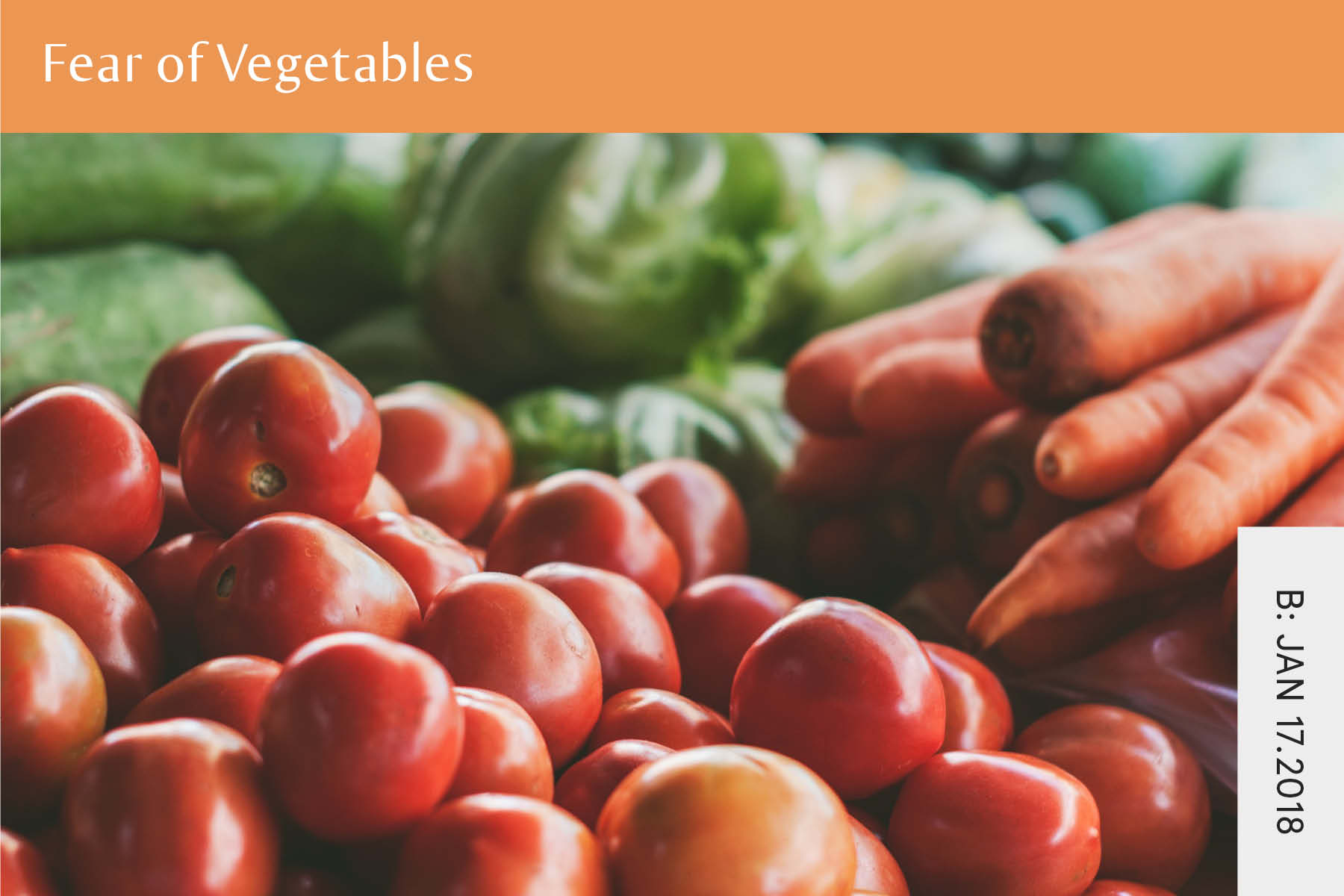

A big part of my approach when working with clients is getting them to stop dieting. This isn’t normally something I have to suggest or push on people, they come to me telling me they’ve had enough and want my help learning a different way.
If you’ve been dieting for decades, as is common with the people I see, this isn’t a quick process.
I was having a conversation with a client a client just before Christmas. She’d been doing really well but was coming up against a bit of a challenge.
No, it wasn’t that she was eating lots of chocolate and wanted to know what to do.
No, it wasn’t that she was worried about Christmas day and how she’d “control” herself.
She is someone who is a seasoned dieter, with many decades under her belt. Vegetables are foods that she associated with dieting. They are foods she used to tell herself she had to eat. And any time she was “off the wagon” and not dieting, vegetables were not something that passed her lips.
So the difficulty she was facing was that if vegetables = dieting, did that mean that because she was craving them, it meant she wanted to start dieting again?
This is actually a conversation I’ve had with many clients.
For years people fear cake and biscuits and ice cream, because they see these as “forbidden” foods. Then through the process of getting over dieting, these foods become allowed and people learn to have neutral feelings around them.
But often as part of this process, foods that they have historically considered “healthy” or they associate with dieting, can become the new fear foods.
So just like they need to go through a process of neutralising the cakes and the biscuits, they need to do the same with the “healthy” and “dieting” foods.
I asked her when she thinks of vegetables and dieting, what comes to mind. Her response: plain steamed or boiled vegetables, no butter; a large green salad as a main meal.
I then asked her if she could think of any vegetable dishes or ways that she could eat vegetables that wouldn’t make her think of dieting. Where she’d order it at a restaurant or she’d not think about the dish in terms of vegetables, but rather how delicious it was.
She started to remember dishes that fit this description: broccoli with butter and flaked almonds; cauliflower with cheese; various vegetable curries.
So I asked could she focus on this stuff. And if she wanted to be adventurous, could she try some new recipes for vegetable dishes that excited her. It didn’t matter if she thought they were healthy or not, if they sounded good to her, then try them out.
This is true whether we are talking about supposed “junk” food or supposed “healthy” food. Although, I can also understand how people get to this place.
But from years of working with clients I can say that when clients slow down and pay attention to their eating, that they eat to fullness, and that they eat food that leaves them both feeling good and satisfied, that healthier eating naturally occurs.
And when it’s done in this manner, it’s also sustainable.
I’m a leading expert and advocate for full recovery. I’ve been working with clients for over 15 years and understand what needs to happen to recover.
I truly believe that you can reach a place where the eating disorder is a thing of the past and I want to help you get there. If you want to fully recover and drastically increase the quality of your life, I’d love to help.
Want to get a FREE online course created specifically for those wanting full recovery? Discover the first 5 steps to take in your eating disorder recovery. This course shows you how to take action and the exact step-by-step process. To get instant access, click the button below.
Discover the first five steps to take in your eating disorder recovery.
Get started the right way and be on the path to full recovery and the freedom it will bring YOU.
Unlike other approaches focusing on just one aspect of recovery, this course shares a framework that demonstrates what full recovery is really about and gives you the tools to get there.
Get Instant Access!
Share
Facebook
Twitter